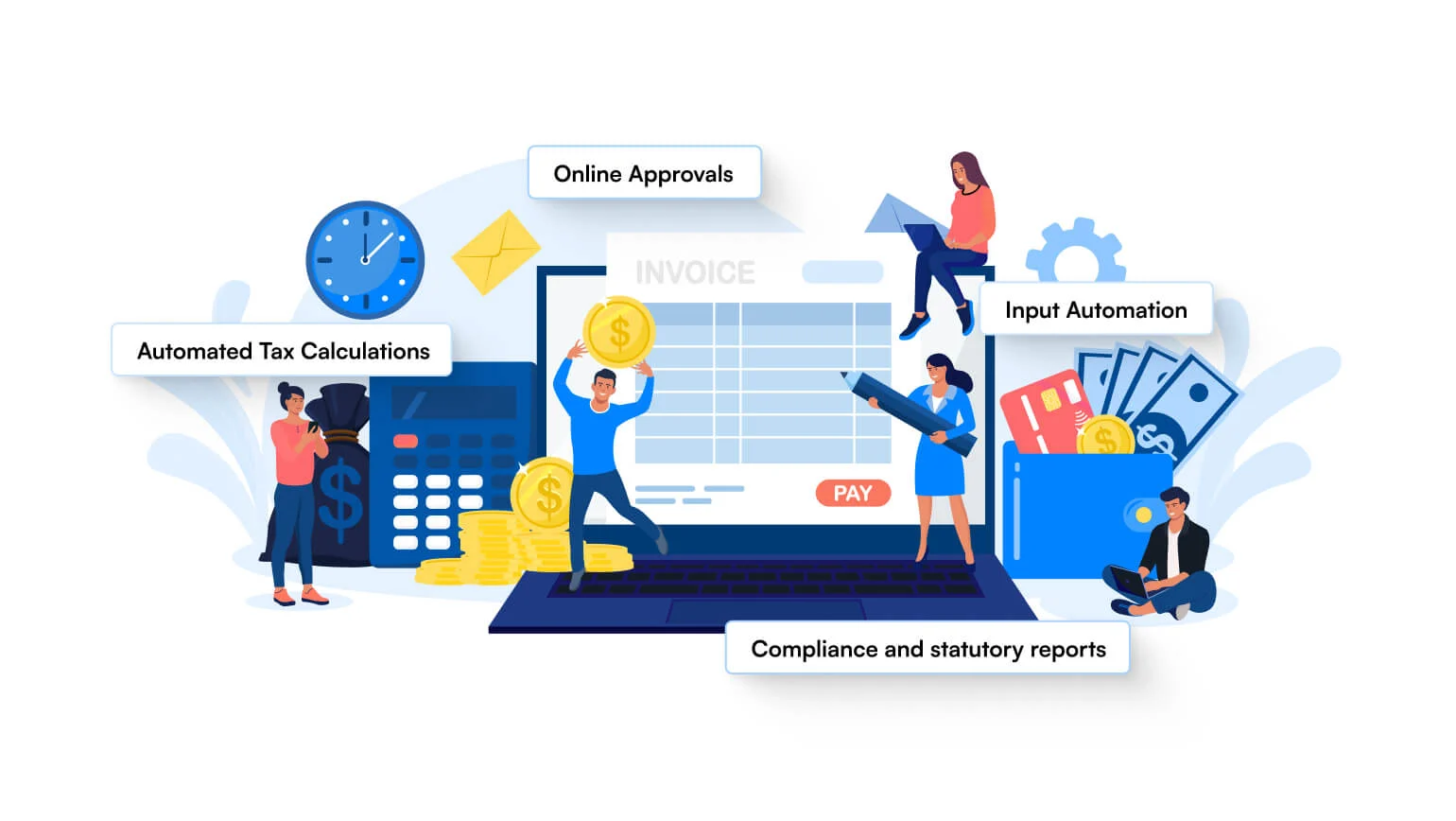The payroll department is rarely the most glamorous part of a business, but it is, without doubt, one of the most important. Employees expect their salaries to be paid on time and without errors. At the same time, governments expect every disbursement to be properly documented, reported and taxed.
In Malaysia, with the Inland Revenue Board (LHDN) mandating e-invoicing in stages from 2024 through 2025, payroll management is no longer just an internal HR function — it is now firmly tied to national compliance. That is where payroll software comes into play.
What used to involve endless spreadsheets, manual calculations and nervous double-checking can now be managed with intuitive payroll platforms that ensure salaries are accurate, transparent and, most importantly, e-invoice-ready.
Why e-invoicing matters for payroll
Traditionally, e-invoicing was thought of as something for sales and procurement. You send an invoice to a client, they pay, and the system records the transaction. However, Malaysia’s nationwide rollout is broader than that. Businesses will also need to provide compliant documentation for other financial flows, including salary disbursements.
For employers, this means:
- Each salary payment must be recorded in a standardised, digital format.
- Data must be transmitted to LHDN in real time or near real time.
- Payslips and supporting records must align with e-invoice structures.
The goal is greater transparency, reduced tax leakage and improved traceability of financial flows. But in practice, it means HR and finance teams need better tools to keep pace.
How payroll software makes life easier
Here’s where modern payroll solutions shine. Rather than treating compliance as an afterthought, they build it into the very process of paying salaries. Let’s break down how that works in real terms.
1. Automated salary calculations
No more late nights trying to reconcile allowances, deductions, EPF, SOCSO, and PCB contributions by hand. Payroll software like Million automates these calculations based on the latest statutory requirements. That alone cuts out most of the errors that tend to creep in when HR teams use spreadsheets.
2. Built-in compliance features
The best payroll systems in Malaysia are updated to reflect changes in regulations. When LHDN issues new guidance on e-invoicing formats, these platforms adapt accordingly. Businesses don’t need to reinvent their processes — the software already knows what is required.
3. Seamless generation of e-invoice-ready records
Salary disbursements aren’t just bank transfers; they are transactions that need to be documented in a standardised electronic format. Payroll systems generate payslips and reports that can be easily mapped to the e-invoice framework, ensuring they are ready to transmit to LHDN without manual rework.
4. Integration with banking and accounting systems
Modern payroll tools don’t operate in isolation. They connect with banks for direct transfers and integrate with accounting software, ensuring that every disbursement is recorded both in the books and in the e-invoice pipeline. This reduces duplication and keeps records consistent.
5. Enhanced employee experience
Employees often overlook the behind-the-scenes work that goes into getting their salary. But when a company has payroll software, staff benefit directly — payslips are clearer, errors are rarer, and HR can resolve queries faster. In short, compliance improves morale.
From manual headaches to digital clarity
Imagine a mid-sized business in Kuala Lumpur with 200 employees. Every month, the HR team used to spend days verifying salary calculations, printing payslips, and preparing separate reports for auditors. Now, with payroll software, the same process is completed in hours. Not only does the system ensure contributions to EPF, SOCSO and EIS are correctly calculated, but it also generates e-invoice-ready records that can be shared with LHDN automatically.
The difference is not just in speed but also in peace of mind. Compliance used to feel like a moving target, with HR staff always worried they had overlooked a new rule. With payroll software, compliance is embedded, reducing both risk and stress.
Why this matters for Malaysian businesses in 2025
The timeline for Malaysia’s e-invoice roll-out is clear:
- June 2024 – Large taxpayers with turnover exceeding RM100 million.
- January 2025 – Businesses with turnover between RM25 million and RM100 million.
- July 2025 – All other businesses, including SMEs and microenterprises.
This means that by mid-2025, every employer in Malaysia — from big corporations to family-run shops — will need to be e-invoice-ready. Payroll is a major component of that readiness.
For SMEs in particular, the risk of non-compliance is significant. Mistakes can lead to penalties, additional scrutiny, and reputational damage. Payroll software offers a practical, affordable way to stay ahead of the curve.
The bigger picture: digital transformation in HR
Adopting payroll software is not just about ticking a compliance box. It is part of a broader digital transformation sweeping through HR functions. Businesses that embrace automation and integration gain:
- Efficiency – fewer manual tasks and quicker month-end closes.
- Accuracy – fewer calculation errors and reduced risk of non-compliance.
- Transparency – clearer records for both employees and regulators.
- Scalability – the ability to manage payroll as the company grows, without a proportional increase in workload.
At the strategic level, this frees HR teams to focus less on paperwork and more on people. Instead of worrying about formatting e-invoices, they can concentrate on recruitment, retention, and staff development.
Overcoming concerns and misconceptions
Of course, not every business jumps on board immediately. Some SMEs worry that payroll software is too costly or complex. The reality is that most modern platforms are cloud-based, subscription-driven, and designed for ease of use. Implementation can take days rather than months, and the cost is often lower than maintaining a manual process that risks fines for non-compliance.
Others believe they can simply “wait and see.” But with July 2025 fast approaching, delaying only increases the risk of being unprepared. Payroll software is not an optional upgrade — it is fast becoming a necessity.
Conclusion: payroll software as a compliance partner
Malaysia’s shift to e-invoicing is reshaping the way businesses handle financial documentation. Payroll, once seen as a back-office routine, is now front and centre in ensuring compliance.
Payroll software bridges the gap between employee expectations and regulatory demands. It simplifies salary disbursements, ensures every record is e-invoice-ready, and removes the guesswork from compliance.
For businesses of all sizes, investing in payroll software is not just about avoiding penalties — it is about future-proofing operations. As 2025 draws closer, companies that adopt digital payroll systems will find themselves not only compliant, but also more efficient, resilient and trusted by both employees and regulators.






